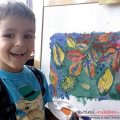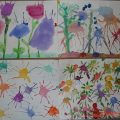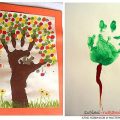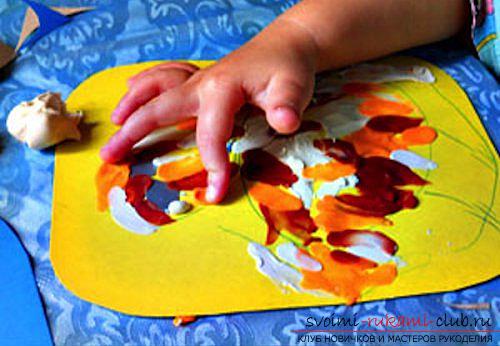
To teach the child to draw will help non-traditional drawing techniques for children 2 - 3 years
Unconventional drawing techniques for children 2 - 3years is a wonderful way to instill in your child a love of drawing and art. To teach him to approach creatively the perception of the world and the depiction of certain objects on paper. These techniques allow the kid to quickly and easily play the game in a form and draw new knowledge. It is at such a young age that children begin to perceive the world from an aesthetic point of view. They form an impression of the shape of objects, sensory and expressive signs of various phenomena and living objects. And, of course, they will need the help of adults, people who spend too much time with them - parents, educators. It's no secret that the best form of teaching a child to any occupation or giving him new information is the game form. This applies to drawing. After all, when you represent an object or object you like, the child learns to know the world. All the kids, without exception, start painting very early. At this age they still do not think about whether they are doing it right, but just fantasize and create themselves in pleasure. The task of adults is to support their impulse, to try to keep interest in the fine arts, to prevent the appearance of fear of doing something wrong, which, at an older age, can lead to the child simply stop painting. To avoid such an undesirable effect, the child, especially at this age, in no case should one impose conventional stereotypes, thereby excluding the possibility of his self-expression. It is with this goal in the younger groups of the kindergarten and apply non-traditional painting techniques. What can I do with children 2 to 3 years in drawing classes? Non-traditional drawing techniques for children 2 to 3 years are the simplest ways to picture objects or objects with different materials. These include:
- drawing with palms;
- drawing with fingers;
- print with leaves or prints;
- poke with a hard brush;
- plasticine.
Let's consider each separate method in more detail. Drawing with palms 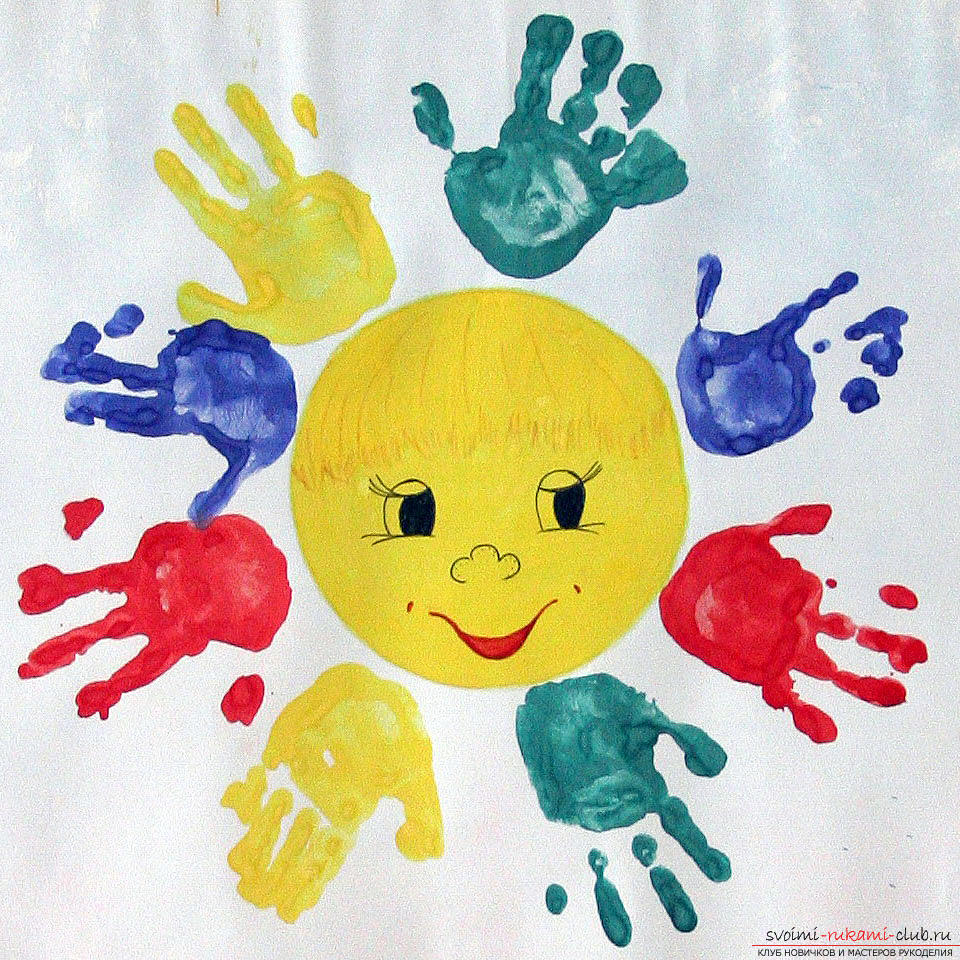 For this drawing, only large capacities are neededwith gouache of different colors, paper and napkins to wipe the handles. Children of an older age will also need a brush, but they do not need babies. The child simply drops the palm into the container with the color of the paint and then leaves an imprint on the paper. at the tip of an adult, a fantastic creature, an animal or a flower can turn out. It all depends on the order in which the prints will be on paper. Drawing with your fingers
For this drawing, only large capacities are neededwith gouache of different colors, paper and napkins to wipe the handles. Children of an older age will also need a brush, but they do not need babies. The child simply drops the palm into the container with the color of the paint and then leaves an imprint on the paper. at the tip of an adult, a fantastic creature, an animal or a flower can turn out. It all depends on the order in which the prints will be on paper. Drawing with your fingers 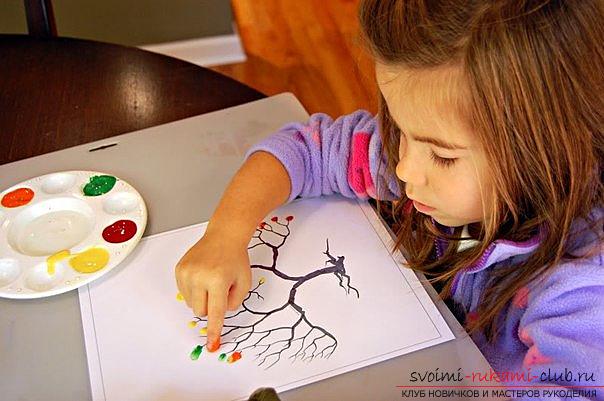 The principle of operation is the same as in the previouscase, only the child leaves fingerprints. It can be points, lines, specks. Thus, you can draw almost any image. For children, the process is very interesting and they are happy to start work. Imprints with leaves or seals
The principle of operation is the same as in the previouscase, only the child leaves fingerprints. It can be points, lines, specks. Thus, you can draw almost any image. For children, the process is very interesting and they are happy to start work. Imprints with leaves or seals 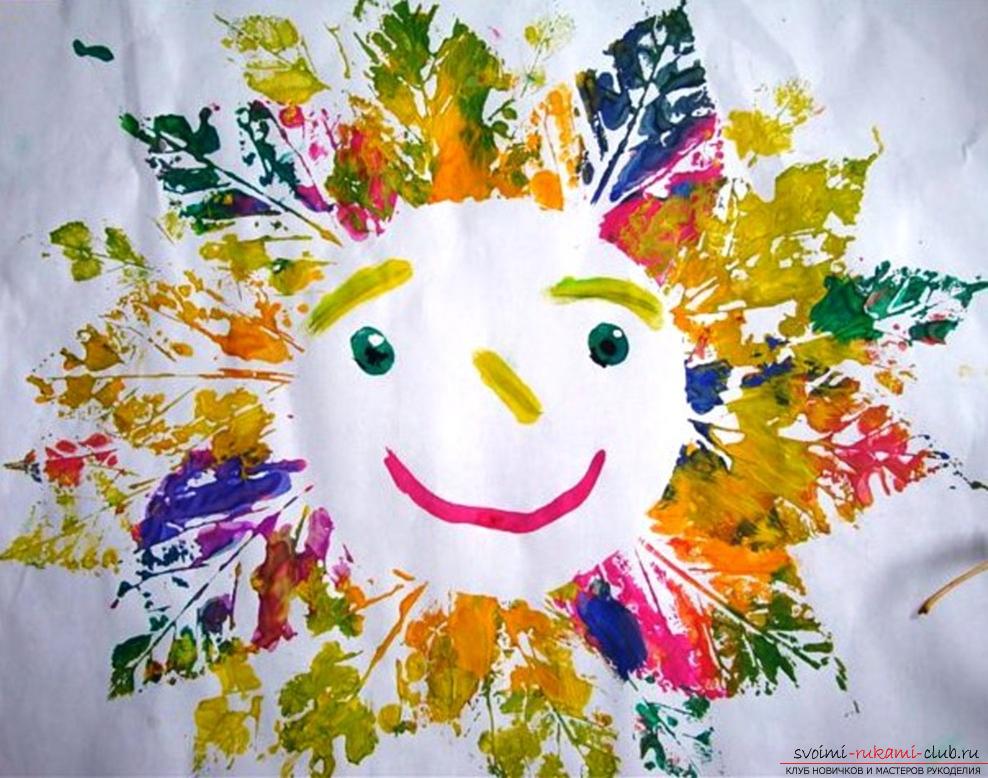
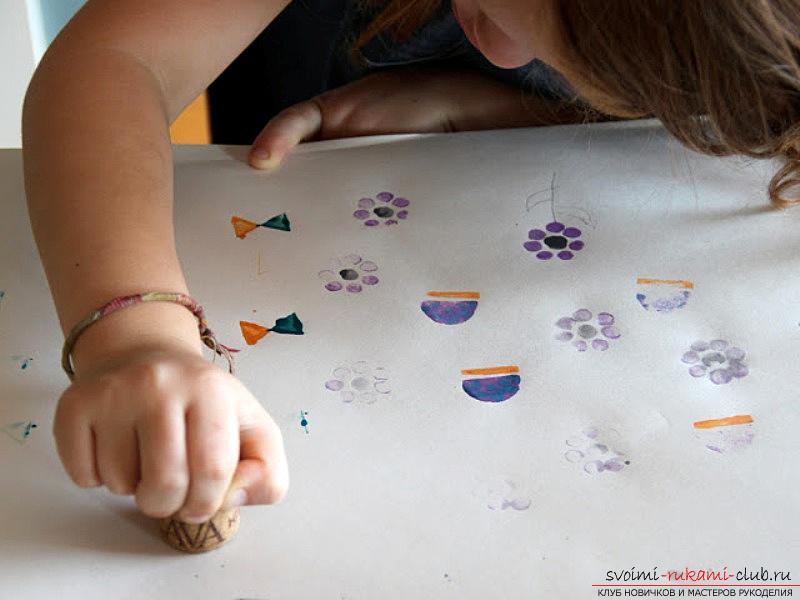 For this technique, you need leaves of differenttrees (ideally use fallen trees) or prints that can be made from the bottoms or lids of plastic bottles or lids and other improvised means. Also, thick paper and wide containers with gouache are needed. The principle of operation is the same as in the previous two cases - a print on paper. Only now a leaf or a seal is dipped in the gouache, and then they leave traces on the paper. In babies this method is of great interest. Point with a stiff brush
For this technique, you need leaves of differenttrees (ideally use fallen trees) or prints that can be made from the bottoms or lids of plastic bottles or lids and other improvised means. Also, thick paper and wide containers with gouache are needed. The principle of operation is the same as in the previous two cases - a print on paper. Only now a leaf or a seal is dipped in the gouache, and then they leave traces on the paper. In babies this method is of great interest. Point with a stiff brush 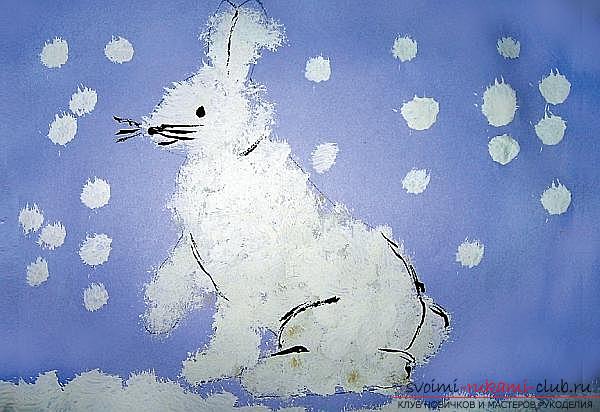 To work you need a hard brush, gouache and paper(color and texture do not matter). The bottom line is that the child dry brush first dips into the gouache, and then, holding the brush in a vertical position, strikes it on a sheet of paper, while getting an interesting imprint. This option is great for drawing fluffy or thorny animals, for example. Plasticinography
To work you need a hard brush, gouache and paper(color and texture do not matter). The bottom line is that the child dry brush first dips into the gouache, and then, holding the brush in a vertical position, strikes it on a sheet of paper, while getting an interesting imprint. This option is great for drawing fluffy or thorny animals, for example. Plasticinography  Plasticineography is the use of colorplasticine instead of paints. It is better to take a very soft material that is easily kneaded and to which the child can easily put the desired shape. Plasticine is filled with a drawing instead of painting it with paints. very interesting approach, which helps to teach the child not only to draw, but also to work with this unique material. The result is an unusual colorful drawing. But there is one more option that can not but interest the baby and is perfect for co-creativity with his parents or caregivers. This is the use of several techniques of unconventional drawing in one drawing. Such work will allow the child not only to create a beautiful picture with his own hands, but also to get acquainted with several ways of fine art. Consider this method of drawing on the example of the painting "Autumn Forest". The work includes several stages. The first step is plasticine. With the help of plasticine, a glade is painted over. This is done with the help of small pieces of plasticine, which the child spreads on the paper with a finger. In the same way, trees and trunks of other trees are painted. The second step is a poke with a brush. This way the crowns of trees are colored in different colors - red, yellow, orange. Grass is drawn, too, with a poke of a hard brush. The third step is drawing with your fingers. Fingers kid draw the sky, clouds, rain and puddles in the clearing. To the general picture, you can add decor elements, such as dry leaves or beads. Also, the picture can be placed in a beautiful frame. Such a creative process is sure to please the child and he will want to continue his experiments.
Plasticineography is the use of colorplasticine instead of paints. It is better to take a very soft material that is easily kneaded and to which the child can easily put the desired shape. Plasticine is filled with a drawing instead of painting it with paints. very interesting approach, which helps to teach the child not only to draw, but also to work with this unique material. The result is an unusual colorful drawing. But there is one more option that can not but interest the baby and is perfect for co-creativity with his parents or caregivers. This is the use of several techniques of unconventional drawing in one drawing. Such work will allow the child not only to create a beautiful picture with his own hands, but also to get acquainted with several ways of fine art. Consider this method of drawing on the example of the painting "Autumn Forest". The work includes several stages. The first step is plasticine. With the help of plasticine, a glade is painted over. This is done with the help of small pieces of plasticine, which the child spreads on the paper with a finger. In the same way, trees and trunks of other trees are painted. The second step is a poke with a brush. This way the crowns of trees are colored in different colors - red, yellow, orange. Grass is drawn, too, with a poke of a hard brush. The third step is drawing with your fingers. Fingers kid draw the sky, clouds, rain and puddles in the clearing. To the general picture, you can add decor elements, such as dry leaves or beads. Also, the picture can be placed in a beautiful frame. Such a creative process is sure to please the child and he will want to continue his experiments.

